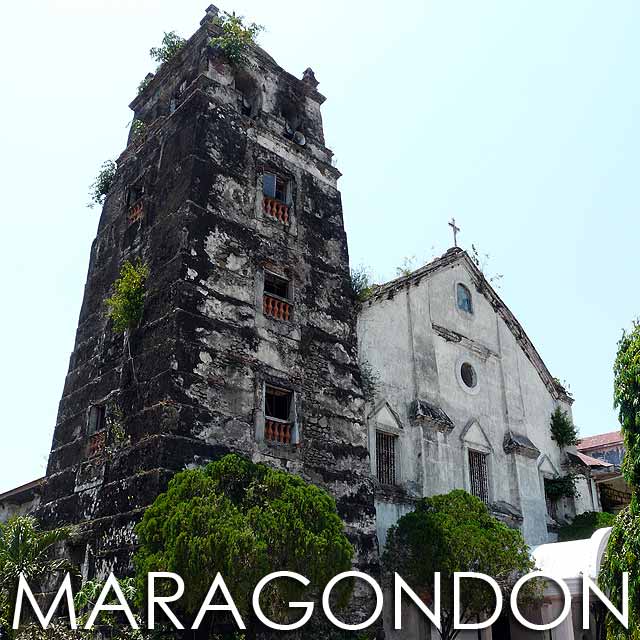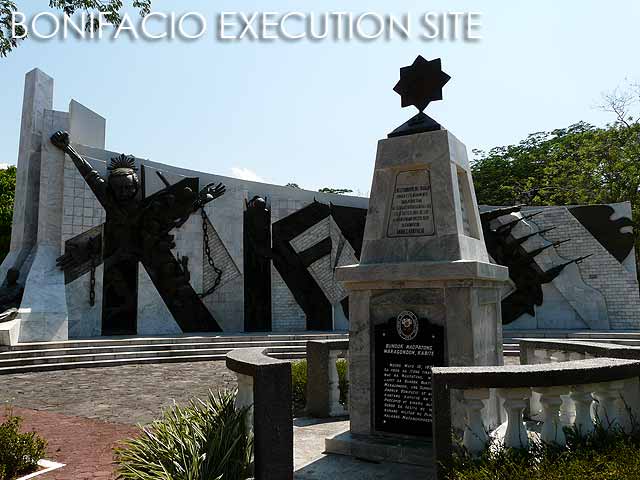
Cavite has a good number of intact heritage churches. Despite its proximity to Metro Manila, it was the first time I visited several of the churches. So here are some churches to visit if you want to do a visita iglesia in Cavite.


Our first stop was Kawit Church. According to the marker in front of the church, it became a Jesuit mission in 1624, with the first church of wood built in 1638 and placed under the patronage of Santa Maria Magdalena. The cornerstone of the current church was laid in 1737. It was transferred to the care of secular priests in 1768, and the Recollects in 1849. In 1869, President Emilio Aguinaldo was baptized in this church.

From Kawit, we drove all the way to the Maragondon Church, a National Cultural Treasure. It was first constructed by the Jesuits in 1618 under the patronage of the Nuestra Senora de la Asuncion. A new church was constructed from 1630 to 1633, but was demolished between 1646 to 1649 to prevent it from becoming a Dutch fortress. The current stone church was constructed in 1714.
In 1768, it was transferred to the care of secular priests, and the Recollects in 1860. It became a base of the Philippine Revolutionary Army when Maragondon became the headquarters of the forces of Gen. Aguinaldo in 1897. It became a National Cultural Treasure in 2001.

On our way back to Manila, we passed by three more churches namely Naic, Tanza and Gen. Trias.

The convent of the Tanza Church played a significant role in Philippine history. It was where Gen. Emilio Aguinaldo and Gen. Mariano Trias took their oaths as president and vice president of the Philippine Revolutionary Government on March 23, 1897 after their election at the Tejeros Convention the day before.

Gen. Trias Church was first constructed by the Franciscans in 1611 as a visita of Kawit. It was turned over to the Jesuit mission of Cavite Puerto in 1624. In 1753, the Church of San Francisco Malabon (the old name of Gen. Trias) became a separate parish.

The current stone church was constructed under the leadership of Dona Maria Josepha Yrizzari y Ursula, Condesa de Lizarraga in 1769. Her gravestone is still prominently seen by the main door of the church. It was in this church that the Banda Matanda practiced the Marcha Filipina before it was played during the June 12, 1898 declaration of Philippine independence.
Although we weren't able to visit the Silang Church, it's another interesting church which you should visit if you're in Cavite.


























